Vietnam is quietly staking its claim as the ultimate playground for anyone looking to stretch a budget without sacrificing a hint of culture, adventure, or—let’s be honest—a decent bowl of pho. Maybe you’ve heard whispers about Southeast Asia’s charm, but Vietnam is rapidly pulling ahead, like the understudy who suddenly gets the leading role and nails every scene. It’s not just cheap; it’s rich in experiences that feel anything but mass-produced, which, in a world addicted to cookie-cutter travel, is refreshing.
Here’s the thing about Vietnam: it manages to balance affordability with authenticity in a way that’s hard to find elsewhere. Yes, you can spend less than ten bucks a day if you’re savvy, but you can also indulge in vibrant street food scenes, breathtaking landscapes, and bustling cities that refuse to be predictable. It’s a travel buffet with something for everyone—you just need to know where the secret stops are.
So, if you’re the type who scrolls travel blogs searching for those insider nuggets (and who isn’t?), buckle up. This isn’t your average listicle. I’m handing you seven tips you can’t miss, words to live by that’ll transform your Vietnam trip from “nice” to unforgettable, all while keeping your wallet happy. Perhaps a little magic lies in the details—you’ll see.
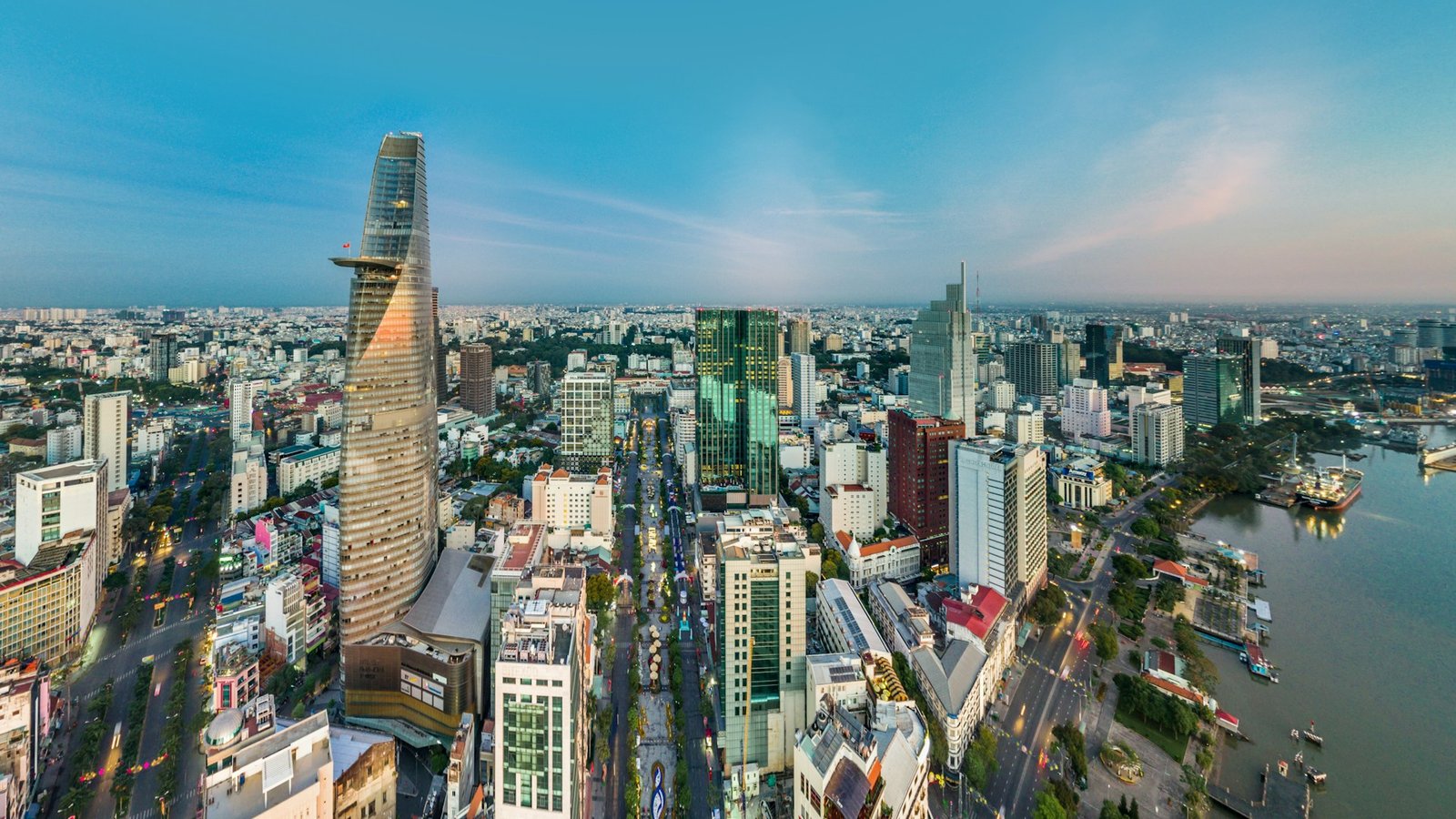
Why Vietnam Has Become the Ultimate Budget Travel Destination
Let’s talk numbers for a second because they’re almost ridiculous. While you’re dropping £15 on a mediocre sandwich in London or $20 on airport parking in the States, that same money in Vietnam gets you a full day of incredible street food, a motorbike rental, and probably a foot massage. The Vietnamese dong stretches so far it feels like Monopoly money—except everything you buy is real, delicious, and often handmade.
But here’s what makes Vietnam different from other “cheap” destinations: the quality doesn’t drop with the price. You’re not sacrificing experience for affordability. If anything, some of my most memorable travel moments happened precisely because everything was so accessible. When a bowl of bun cha costs $2, you can afford to try every street stall until you find your favorite. When hotels run $20-30 a night for something genuinely nice, you can splurge on that room with the balcony view.
The tourism infrastructure has matured beautifully over the past decade. Vietnam’s tourism sector has invested heavily in making the country accessible to international travelers while somehow maintaining its authentic character. It’s not Dubai or Singapore—it hasn’t polished away all the rough edges—and that’s exactly the point.
The Real Cost of Traveling Vietnam (And Why It’ll Shock You)
I’m going to break down what Vietnam actually costs, because even after researching, I wasn’t prepared for how far my budget would go.
Daily Budget Breakdown:
- Street food meals: $1-3 each
- Sit-down restaurant with beer: $5-10
- Mid-range hotel: $20-40
- Local bus or grab ride: $0.50-3
- Museum or attraction entry: $2-5
- Fresh fruit smoothie: $1
- Banh mi from a street cart: $0.75-1.50
Do the math, and you’re looking at $30-50 per day for a comfortable experience. If you’re willing to stay in hostels and eat mostly street food, you could easily do it for $20-25 daily. On the flip side, if you want to live it up—fancy hotels, cocktails, spa days—$80-100 gives you an almost luxury experience.
Compare that to backpacking through Europe (easily €60-80 per day minimum) or even Thailand these days (which has gotten pricier in tourist zones), and Vietnam starts looking like that friend who insists on paying for dinner.
7 Insider Tips That’ll Make Your Vietnam Trip Legendary
1. Master the Art of Motorbike Rental (But Don’t Be Stupid About It)
Renting a motorbike in Vietnam is like getting a backstage pass to the country’s soul. But here’s what the guidebooks won’t tell you: international driving permits are technically required, but enforcement is… flexible.
Start with day trips around your base city. Traffic in Vietnam follows its own physics—it’s actually more predictable than it looks. The key is moving with the flow, not against it. And always, ALWAYS wear a helmet. I don’t care if the rental shop says it’s optional.
Pro tip: Avoid motorbike rental in major cities if you’re a complete beginner. Save it for smaller towns like Hoi An or Ninh Binh.
2. The Train System Is Your Secret Weapon
Vietnam’s train network is criminally underrated. While everyone’s cramming into buses or flying between cities, smart travelers are booking sleeper trains that cost a fraction of flights and offer views that’ll make you forget about airplane windows forever.
The Hanoi to Ho Chi Minh City journey takes about 30 hours, but you can break it up in Da Nang or Nha Trang. Book soft sleeper compartments through the official Vietnam Railway website—it’s like having a moving hotel room.
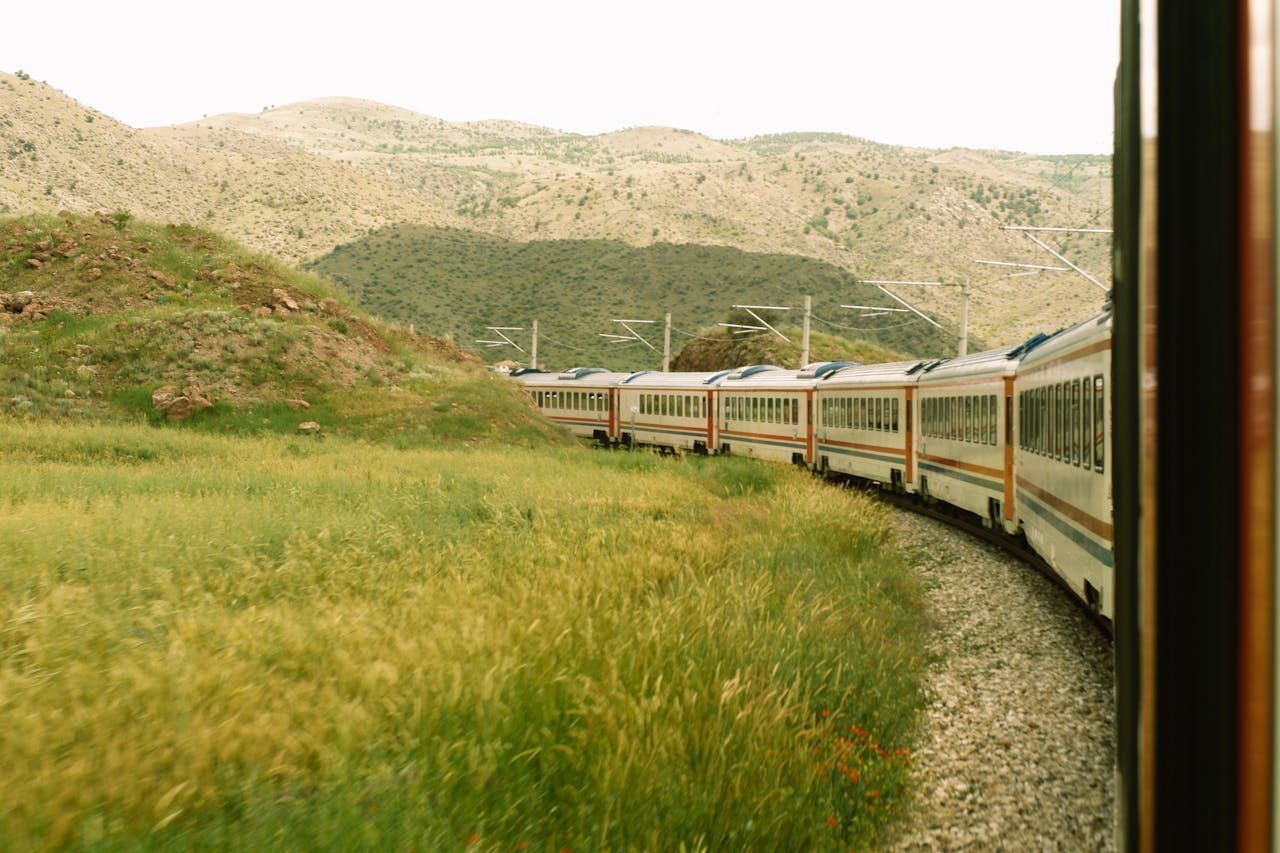
3. Timing Is Everything (And I Mean Everything)
Vietnam’s weather is trickier than a Vietnamese riddle. The country stretches over 1,000 miles north to south, which means the north could be cool and misty while the south is blazing hot.
The sweet spot: Visit northern Vietnam (Hanoi, Sapa, Ha Long Bay) from October to April. For southern regions (Ho Chi Minh City, Mekong Delta), aim for December through February. Central Vietnam (Hoi An, Hue) is best from February to August.
Miss these windows, and you’ll either be dodging typhoons or melting in humidity that feels like wearing a wet wool sweater.
4. Cash Is King, but Cards Are Gaining Ground
Vietnam is still largely a cash economy, but don’t panic—ATMs are everywhere, and most accept international cards. The trick is avoiding tourist-trap ATMs that charge ridiculous fees. Stick to major banks like Vietcombank or BIDV.
Exchange rate reality check: Don’t waste time hunting for the “best” exchange rate. The difference between banks is usually negligible, and street money changers are more hassle than they’re worth.
5. Learn the Local Etiquette (It’s Not That Hard)
Vietnamese people are incredibly hospitable, but a little cultural awareness goes a long way. Here’s what actually matters:
- Remove shoes when entering homes or temples
- Use both hands when giving or receiving business cards
- Don’t point with your index finger—use your whole hand
- Tipping isn’t expected but is appreciated (5-10% at restaurants)
The most important rule? Smile. Vietnamese people respond to genuine friendliness like flowers to sunshine.
6. Street Food Is Safe (If You’re Smart About It)
The “avoid street food” advice is outdated nonsense. Some of the best meals I’ve ever had came from plastic stools on busy sidewalks. But use common sense:
- Eat where locals eat
- Choose vendors with high turnover
- Avoid places where food sits out for hours
- Trust your nose—if it smells off, walk away
I ate street food almost daily for three weeks and never got sick. The key is building up slowly and staying hydrated.
7. Download These Apps Before You Go
- Grab: Vietnam’s version of Uber, but better
- Google Translate: Download Vietnamese for offline use
- Xe Om: For motorbike taxis in major cities
- Foody: Like Yelp, but for Vietnamese restaurants
- Vietnam Maps: Works offline and includes public transport
The Regional Breakdown: Where to Go and What to Expect
North Vietnam: Mountains, Minorities, and Metropolis
Hanoi: The cultural heart of Vietnam, where ancient traditions crash into modern ambitions. The Old Quarter is a maze of narrow streets where every turn reveals something unexpected—a hidden temple, a coffee shop smaller than your bedroom, or a vendor selling the best banh mi of your life.
Ha Long Bay: Yes, it’s touristy. No, you shouldn’t skip it. Book a two-day, one-night cruise with a reputable operator. Avoid the party boats unless you’re into that scene.
Sapa: The trekking capital where you’ll encounter hill tribes and rice terraces that look like they were painted by the gods. Go in October for perfect weather and harvest season colors.
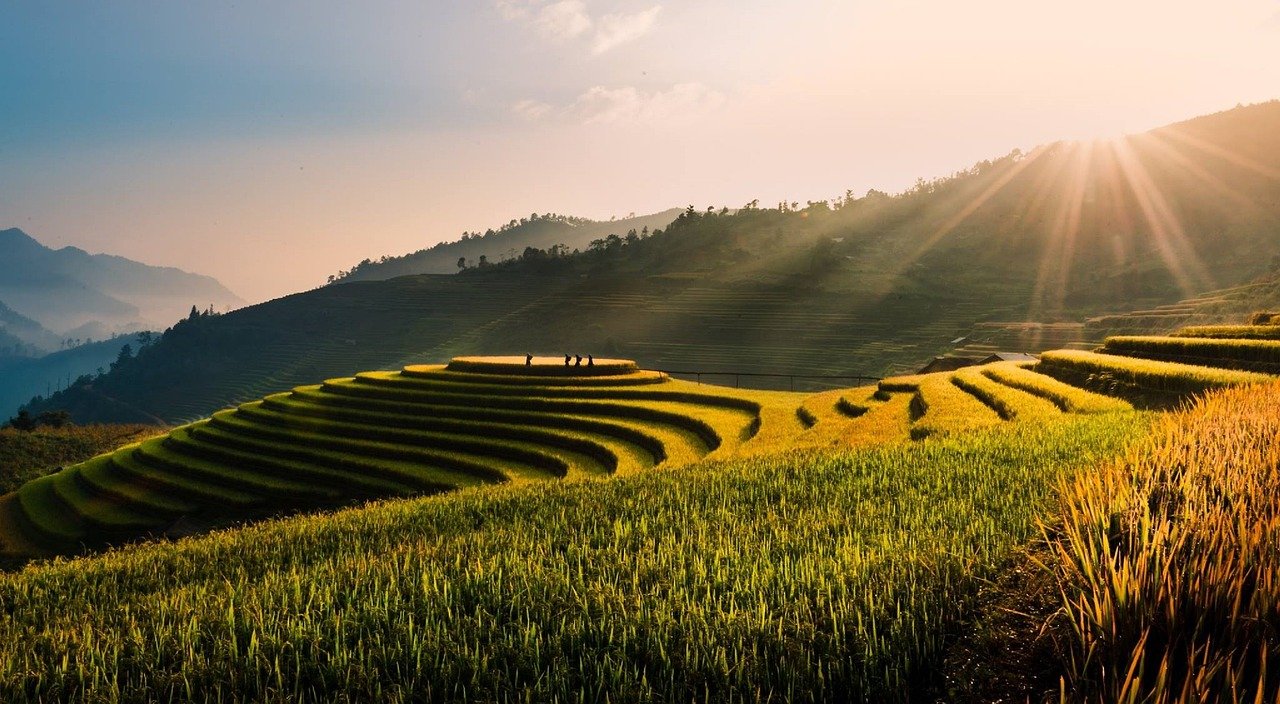
Central Vietnam: The Cultural Corridor
Hoi An: A UNESCO World Heritage site that somehow manages to be both touristy and authentically charming. The tailors here are legendary—get a custom suit made for less than you’d pay for off-the-rack back home.
Hue: The former imperial capital where history whispers from every corner. The Imperial City complex is worth a full day, but don’t miss the royal tombs scattered around the countryside.
Da Nang: The beach city that’s become Vietnam’s playground. My Khe Beach rivals anything in Thailand, and the nearby Marble Mountains offer caves and pagodas with killer views.
South Vietnam: Business, Beaches, and Organized Chaos
Ho Chi Minh City: The economic powerhouse where capitalism meets communism in the most Vietnamese way possible. The War Remnants Museum is heavy but essential. District 1 has the tourist attractions, but Districts 3 and 7 have the real character.
Mekong Delta: Take a boat tour through the floating markets and fruit orchards. It’s touristy but genuinely fascinating. Can Tho is the best base for exploring the region.
Phu Quoc: Vietnam’s answer to tropical paradise. It’s becoming more developed each year, so visit sooner rather than later.
Budget Breakdown: What You’ll Actually Spend
| Category | Budget Range (USD/day) | Mid-Range (USD/day) | Luxury (USD/day) |
|---|---|---|---|
| Accommodation | $8-15 | $25-50 | $80-200+ |
| Food | $5-10 | $15-25 | $35-60 |
| Transportation | $5-15 | $10-25 | $30-80 |
| Activities | $5-20 | $15-40 | $50-150 |
| Total | $25-60 | $65-140 | $195-490 |
These numbers are real-world estimates based on my own spending and conversations with fellow travelers. Your mileage may vary depending on your travel style and how much you love street food.
The Cultural Immersion Factor
Vietnam offers something that’s becoming rare in our Instagram-obsessed travel world: the chance to genuinely connect with local culture without it feeling contrived or commercialized.
In Ninh Binh, I joined a family for their ancestor worship ceremony—not as a tourist attraction, but because the grandmother insisted after I helped her grandson with his English homework. We burned incense, shared stories through broken English and Google Translate, and I left with a deeper understanding of Vietnamese family values than any guidebook could provide.
Practical Logistics You Can’t Ignore
Visa Requirements Made Simple
Most travelers get a 30-day visa exemption, but check the latest requirements for your nationality. If you need a visa, the e-visa system is straightforward and costs $25. Don’t trust third-party visa services—go through the official government website.
Health and Safety Reality Check
Vietnam is safe. Seriously. Violent crime against tourists is extremely rare. The biggest risks are traffic accidents (hence the helmet advice) and overconfidence about your drinking limits.
Get travel insurance. Not because Vietnam is dangerous, but because accidents happen anywhere, and Vietnamese healthcare, while improving, can be expensive for foreigners.
Connectivity and Communication
Wi-Fi is everywhere, but buying a local SIM card is cheap and convenient. Viettel has the best coverage, especially in rural areas. A month of unlimited data costs about $10.
The Environmental Angle
Vietnam is grappling with tourism’s environmental impact, especially in places like Ha Long Bay and Hoi An. Be a responsible traveler:
- Bring a reusable water bottle
- Say no to single-use plastics when possible
- Choose eco-friendly tour operators
- Respect local wildlife and coral reefs
My Biggest Vietnam Travel Mistake (So You Don’t Make It)
I booked a Ha Long Bay cruise through my hostel without researching the operator. The boat was overcrowded, the food was terrible, and we spent more time at souvenir shops than exploring caves. The lesson? Always book tours directly with reputable operators, even if it costs a bit more.
The Future of Vietnam Travel
Vietnam is at a tipping point. Infrastructure is improving rapidly, more international flights are being added, and the government is investing heavily in tourism. This means better roads, more English signage, and improved services—but also higher prices and more crowds.
My prediction? Vietnam has about a five-year window before it becomes as expensive as Thailand is today. The smart money is on visiting sooner rather than later.
Why Vietnam Should Be Your Next Adventure
Vietnam isn’t just a budget destination—it’s a value destination. You’re not just saving money; you’re getting more experience, more culture, and more authentic interactions per dollar than almost anywhere else on Earth.
The country rewards curiosity over comfort, spontaneity over strict planning, and genuine interest over superficial sightseeing. It’s messy, chaotic, delicious, and absolutely unforgettable.
Will you love every minute? Probably not. Will you come home with stories that’ll last a lifetime? Absolutely.
Vietnam is calling. The question isn’t whether you should go—it’s whether you’re ready for the adventure of a lifetime.
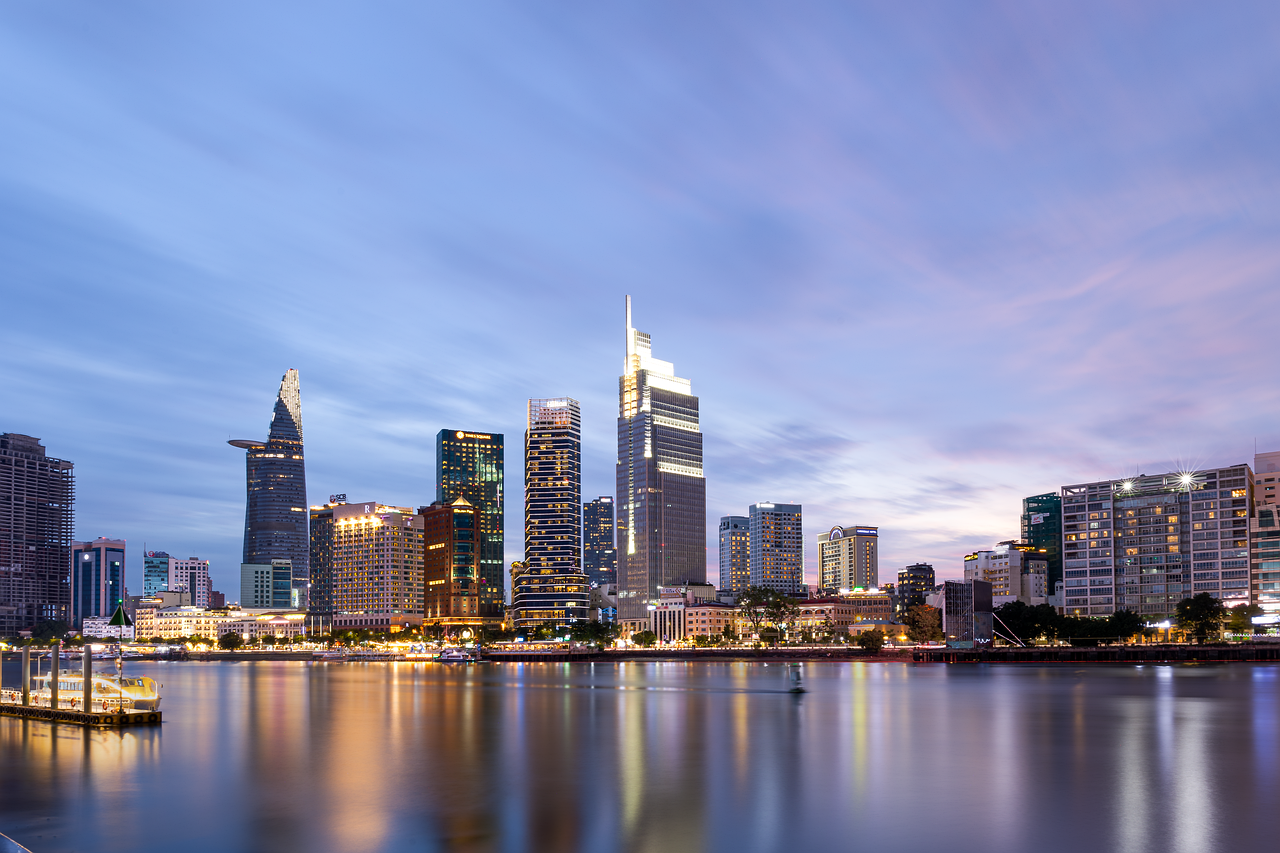
Top 20 Travel Recommendations for Vietnam
Accommodations:
- Mad Monkey Hostel Hanoi – madmonkeyhostels.com – Social atmosphere with great location in Old Quarter
- Thuy Sakura Hotel Hoi An – booking.com – Boutique hotel with authentic Vietnamese charm
- Liberty Central Saigon Centre – libertyhotels.com.vn – Modern hotel in heart of Ho Chi Minh City
Transportation:
- Vietnam Railways – dsvn.vn – Official train booking for cross-country journeys
- Grab App – grab.com – Reliable ride-hailing service throughout Vietnam
- Tigit Motorbike Rental – tigitmotorbikes.com – Quality bike rentals with insurance
Tours & Activities:
- Ethnic Travel – ethantravel.com – Authentic Sapa trekking experiences
- Red River Tours – redrivertours.com – Small-group Ha Long Bay cruises
- Saigon Street Eats – saigonstreeteats.com – Food tours in Ho Chi Minh City
- Hoi An Eco Tour – hoianecotour.com – Sustainable cycling and cooking tours
Food & Dining:
- Madame Hiên Restaurant Hanoi – Traditional Vietnamese cuisine in colonial setting
- Banh Mi Phuong Hoi An – Famous banh mi shop featured by Anthony Bourdain
- Propaganda Bistro HCMC – Fusion Vietnamese restaurant with historic ambiance
Gear & Essentials:
- Osprey Farpoint 40 – osprey.com – Perfect backpack for Vietnam travel
- Lifestraw Water Bottle – lifestraw.com – Portable water filtration for street food adventures
- Portable Charger 20000mAh – Essential for long travel days and motorbike trips
- Quick-dry Travel Towel – Compact and fast-drying for humid climate
Travel Insurance & Services:
- World Nomads Travel Insurance – worldnomads.com – Comprehensive coverage for adventure activities
- Wise Multi-currency Card – wise.com – Best exchange rates for ATM withdrawals
- Google Translate App – translate.google.com – Download Vietnamese for offline translation
Frequently Asked Questions
Q: Is Vietnam safe for solo female travelers? A: Vietnam is generally very safe for solo female travelers. Use common sense precautions, especially with motorbike rentals and late-night activities.
Q: How much should I budget for a month in Vietnam? A: Budget travelers can manage on $800-1200 per month, mid-range travelers should budget $1500-2500, including accommodation, food, and activities.
Q: Do I need vaccinations for Vietnam? A: Check with your doctor, but common recommendations include Hepatitis A/B, typhoid, and Japanese encephalitis depending on your itinerary.
Q: What’s the best time to visit Vietnam? A: October-April for northern Vietnam, December-February for the south. Central Vietnam is best February-August.
Q: Can I use US dollars in Vietnam? A: Vietnamese dong is the official currency. Some tourist areas accept USD, but you’ll get better rates paying in dong.
Q: Is the tap water safe to drink? A: Stick to bottled or filtered water. Most accommodations provide filtered water for free.
Q: How do I get around Vietnam? A: Trains for long distances, buses for shorter routes, motorbikes for local exploration, and Grab for city transport.
Q: What should I pack for Vietnam? A: Lightweight, breathable clothing, good walking shoes, rain jacket, sunscreen, and insect repellent.
Q: Do I need a visa for Vietnam? A: Many nationalities get 30-day visa exemptions. Check current requirements for your country.
Q: How much does food cost in Vietnam? A: Street food costs $1-3 per meal, local restaurants $3-8, and tourist restaurants $8-15.
Q: Is it easy to find vegetarian food in Vietnam? A: Yes, especially in Buddhist temples and major cities. Learn to say “tôi ăn chay” (I eat vegetarian).
Q: What’s the internet like in Vietnam? A: Wi-Fi is widely available and generally good. Consider buying a local SIM card for mobile data.
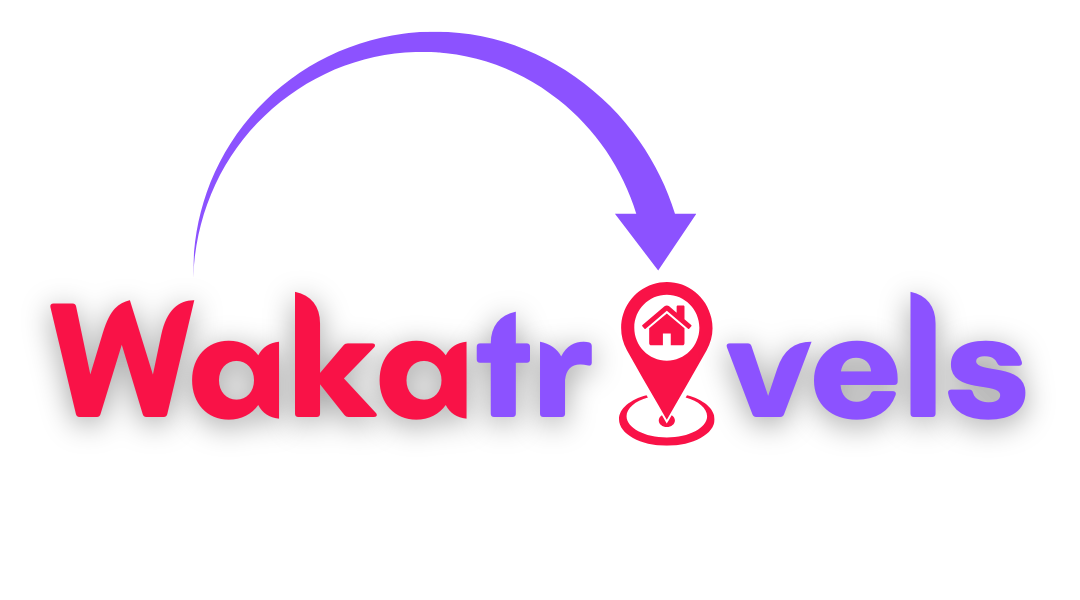
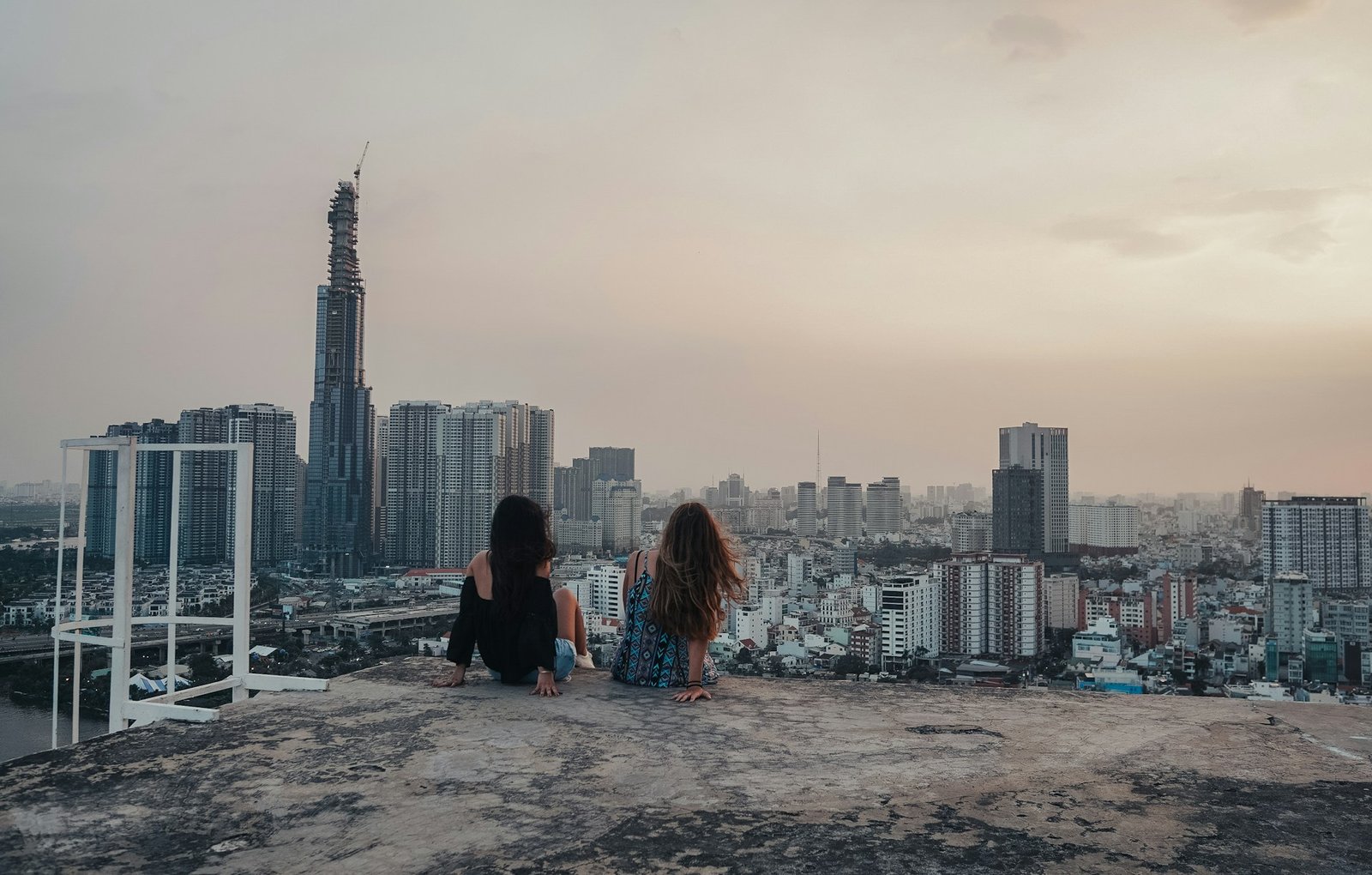
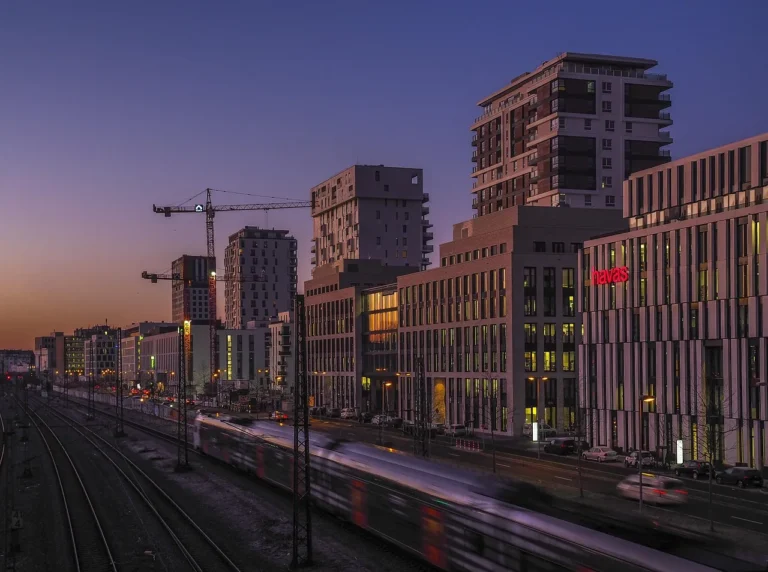
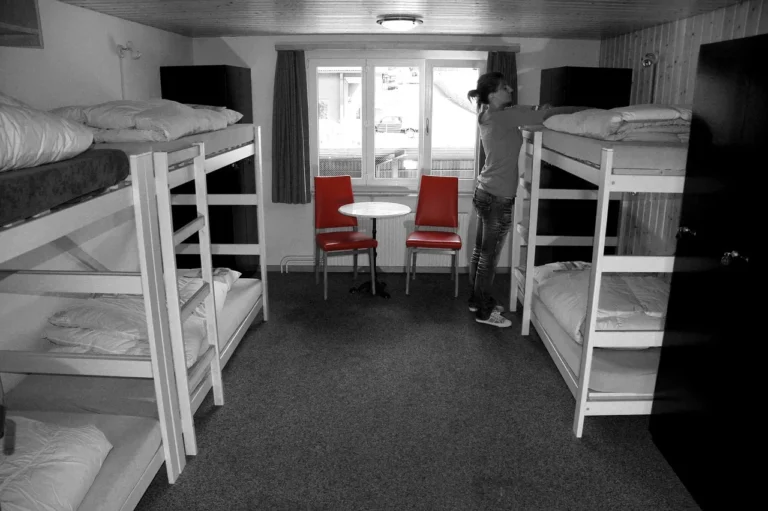
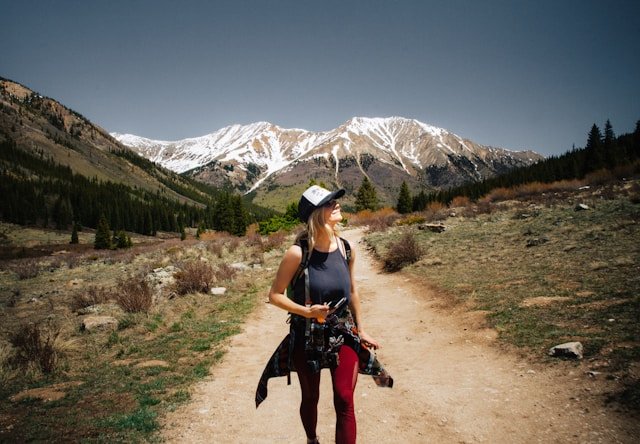
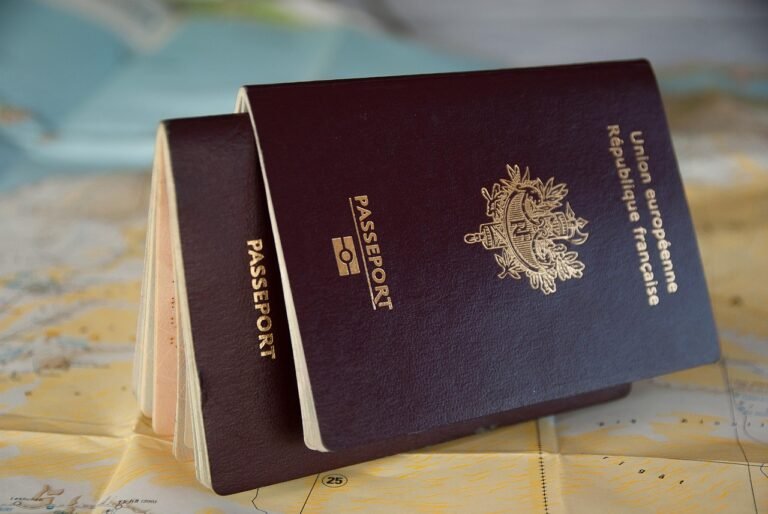
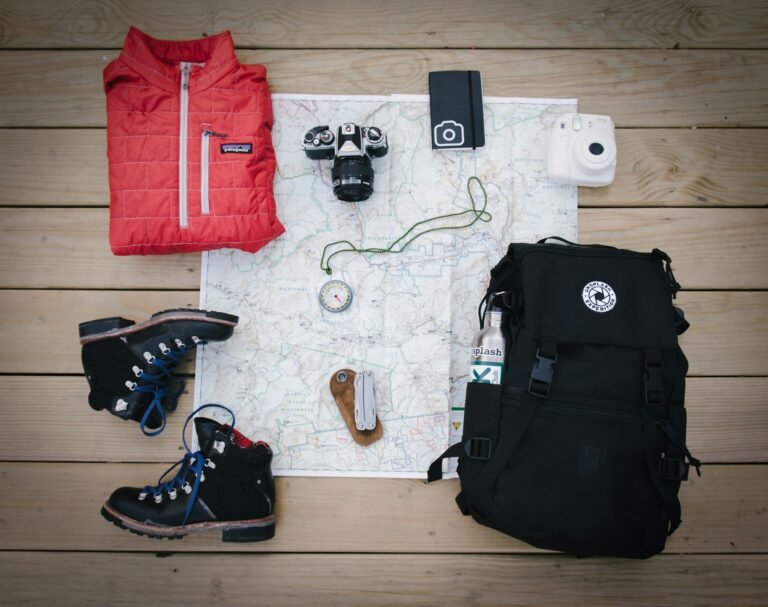
A room for $30-50. They are cleaner than most Western hotels and the owners often give you insider tips that TripAdvisor never